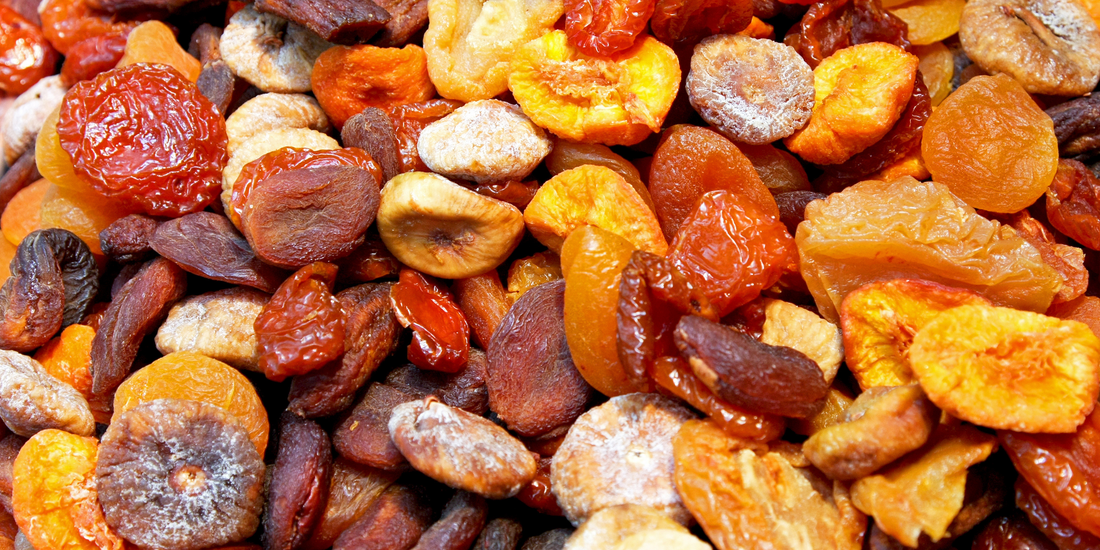At That Sweet Lyfe, we love freeze-dried foods. Not only do they taste great, but they can last for years under the right conditions. While freeze-drying is fun and convenient, there are other ways of preserving foods to make them last longer. They include dehydration, which is common with fruits and vegetables, and vacuum drying. In this post, we take a look at the vacuum drying process and how it is used in the food industry.
How Does Vacuum Drying Work?
With vacuum drying, moisture is removed from food under a vacuum at low temperatures and with a lower oxygen content. This makes the process ideal for foods such as fruit and vegetables that are sensitive to heat and oxygen exposure.
When Is Vacuum Drying Used in the Food Industry?
Vacuum drying is commonly used for commercial purposes to dry lettuce and other vegetables after washing so they are ready for packaging. It is also used to dry pre-cut fruit to be sold in snack packs.
By removing moisture, the fruits and vegetables remain fresher in their raw state for longer than if they were just put in a container. Vacuum drying is also used to help preserve fresh fruits and vegetables while they are transported from farms to markets.
Other Applications for Vacuum Drying
The chemical and pharmaceutical industries often use vacuum drying in their process. Exposure to heat can make the pharmaceuticals unstable. The result can range from damaged compounds to potential explosions, depending on the chemicals.
The Freeze-Drying Process
The first step in the freeze-drying process involves freezing the food at extremely low temperatures to convert the water in the food to ice. In the next step of the process, the ice goes through the process of sublimation, turning directly from ice to gas, skipping the liquid phase. Sublimation is only possible due to the vacuum in the drying chamber that significantly lowers the pressure. This process removes 95% of the water. In the last stage, the final five percent of the water gets removed by increasing the pressure.
Freeze Drying Vs. Vacuum Drying
While vacuum drying has its place in the food preparation industry, these techniques are largely used to remove moisture to preserve fresh fruits and vegetables before they are shipped to grocery stores.
Freeze drying, on the other hand, can be used extensively to preserve fruits and vegetables for longer periods of time without compromising their nutritional value.
The main benefit of freeze-drying is that most types of food can be freeze-dried, including meat, fish, cooked pasta, dog food, and even ice cream! We also love it because it introduces a whole new texture and flavour to familiar foods. But if you have a sweet tooth as we do, you’ll know that our favourite thing to freeze-dry is candy.
How to Freeze Dry Candy
Freeze-drying candy is easy. We use our Harvest Right Freeze Drying Machine, but you can also freeze-dry your candy at home.
- Choose your favourite candy. There are so many types of candy to choose from, so don’t be afraid to experiment.
- Place your candy in a freezer bag and pop it in the deep freezer until it’s completely frozen.
- Put the candy bag in a cooler full of dry ice for 48 hours (leave the lid slightly open)
- Take the candy bag out of the cooler and enjoy your freeze-dried candy!
If you keep your freeze-dried candy properly packaged, it can last up to 25 years, but we are quite sure you’ll be so blown away by how good it tastes that it won’t last 24 hours.
How About Trying Some Freeze Dried Skittles?
If you are curious about trying some freeze-dried products, we’ve got a great selection for you. Try our freeze-dried Skittles, Jolly Ranchers or Starburst. If you enjoy desserts, you’ll love our freeze-dried ice cream. It comes in four flavours, so there’s something for everyone. Enjoy!

